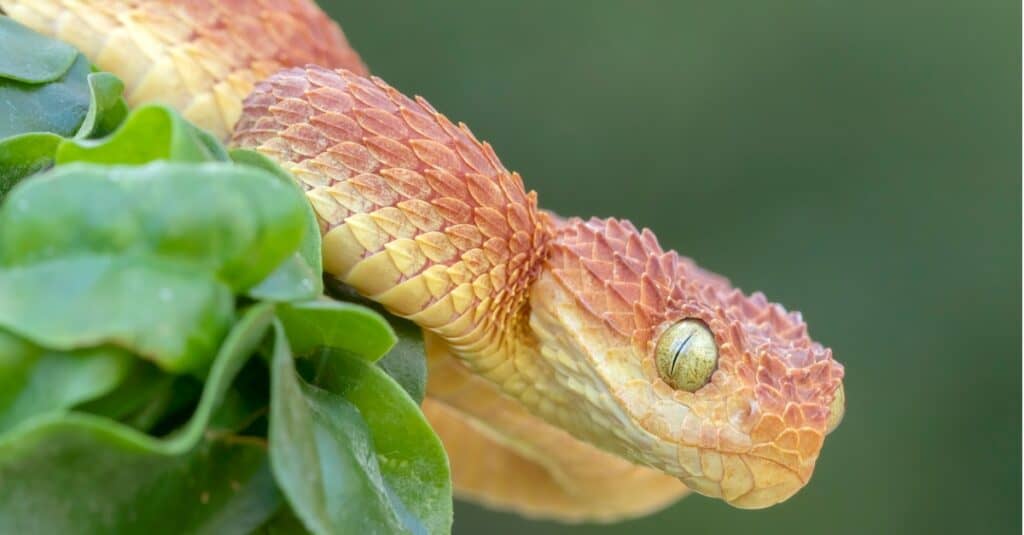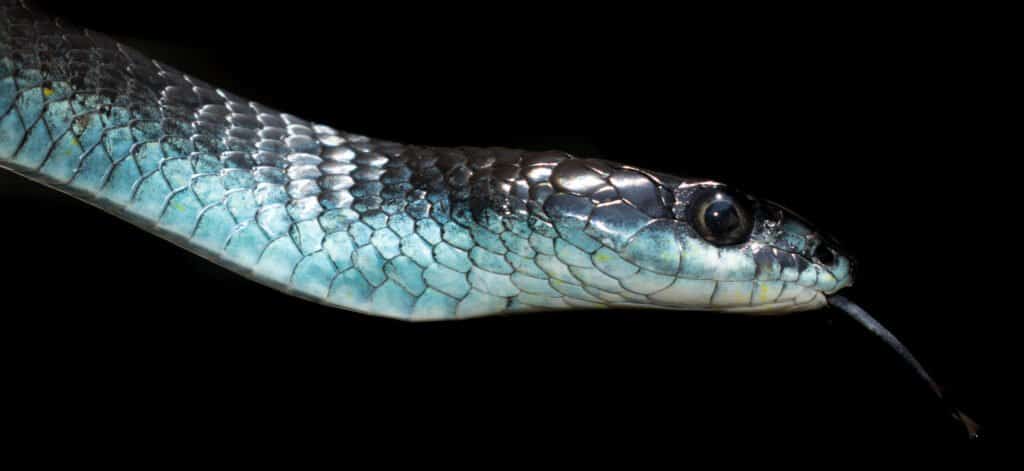Introduction
Tiger snakes (Notechis scutatus) are amongst one of the most remarkable yet been afraid Antivenom reptiles discovered in Australia. With their striking appearance and potent venom, these serpents stimulate a mix of wonder and caution. Observing tiger serpents in their natural surroundings can be an exhilarating experience for nature fanatics, wildlife professional photographers, and researchers alike. Nonetheless, it's vital to approach this endeavor with regard for the pet's environment and an understanding of safety measures to avoid serpent bites.
In this thorough overview, we'll explore exactly how to securely observe tiger snakes in their natural habitat. We will cover subjects varying from recognizing their actions and environments to emergency treatment for serpent bites-- equipping you with expertise to enhance your experience while reducing risks.
What is a Tiger Snake?
Tiger snakes are very venomous serpents native to Australia, especially Tasmania and coastal regions. They are known for their unique banded pigmentation resembling a tiger's stripes, which can vary from yellowish-brown to dark brown and even black.
Physical Characteristics
Tiger serpents are medium to large-sized snakes that can grow up to 2 meters long. Their bodies are robust, and they have a wide head that is noticeably larger than their necks.
Habitat Preferences of Tiger Snakes
These reptiles usually occupy marshes, tidewaters, and coastal areas however can likewise be found near freshwater sources like rivers and lakes. Comprehending where these snakes live is crucial for any individual wanting to observe them safely.
Understanding Tiger Snake Behavior
Are Tiger Snakes Venomous?
Yes, tiger snakes are among one of the most poisonous snake species worldwide. Their poison contains neurotoxins that can result in serious medical complications if bitten.
Behavioral Traits
Tiger serpents are normally timid creatures; they choose to avoid human communication. However, they can come to be hostile if intimidated or caught.

Where Can You Find Tiger Snakes?
Tiger Snake Environment Exploration
To securely observe tiger serpents in their natural habitat, it's vital first to recognize where they grow. They have a tendency to favor:
- Coastal marshlands Mangroves Swamps Riverbanks
Best Areas for Observation
Some suggested areas include:
- Tasmanian wetlands The coasts of southern Australia National parks with water bodies
Safety Precautions Prior to Observing Tiger Snakes
Understanding the Threats of a Tiger Snake Bite
Although experiences with tiger serpents can be awesome, knowing the dangers included is extremely important:
Recognize signs of a snake bite: swelling at the site, discomfort emitting from the bite area. Know emergency get in touches with: Acquaint yourself with regional emergency services. Carry a first-aid package especially equipped for snake bites.First Aid for Serpent Bites: What You Required to Know
Knowing what actions to take if bitten could conserve your life or another person's:
- Stay calmness; motion raises poison spread. Call for medical aid immediately. Do not use ice or effort suctioning.
How to Safely Observe Tiger Snakes in Their Natural Habitat
When you make a decision to observe tiger snakes in the wild:

Equipment Required for Observation
Essential Equipment Checklist
- Binoculars First-aid set specifically created for serpent bites Field manual on Australian reptiles Camera (with zoom ability)
Snake Bite First Aid Package Essentials
A well-equipped emergency treatment kit ought to include:|Item|Purpose|| -------------------------------|-------------------------------|| Compression bandage|To paralyze the damaged location|| Antihistamines|For allergies|| Emergency situation call numbers|Quick accessibility during emergency situations|
Interpreting Tiger Serpent Signals
Understanding how tiger serpents communicate with body language helps viewers determine when it's secure or harmful:
Common Behaviors
Defensive pose: If curled or raised off the ground. Retreating habits: When they gradually pull back from prospective threats.Dealing With Possible Encounters
Even with safety measures taken, an experience may still happen throughout your monitoring trip:
Remain calm; worrying just enhances risks. Slowly retreat without transforming your back on the snake. Make your existence understood vocally however prevent unexpected movements.Frequently Asked Concerns Concerning Tiger Snakes
1. What should I do if I see a tiger snake?
Remain tranquility; observe from a distance without disturbing it.
2. Are child tiger snakes dangerous?
Yes, adolescent tiger serpents are born poisonous and might pose threats similar to grownups regardless of being smaller.
3. Just how usual are tiger snake bites?
While cases happen annually in Australia, fatalities are uncommon because of timely treatment availability.
4. Can I keep a tiger serpent as a pet?
Keeping wild tiger snakes as pet dogs is prohibited in several areas because of conservation laws.
5. What does a tiger snake attack appearance like?
Bite marks usually reveal 2 puncture wounds together with local swelling and discoloration.
6. Just how reliable is antivenom?
Antivenom therapy is Continue reading highly efficient when carried out prompt after a bite.
Conclusion
Observing tiger serpents in their all-natural environment provides a thrilling opportunity for wild animals enthusiasts however have to be come close to with caution and respect for Best first aid practices for Australian snakebites both the animal and its setting. By equipping yourself with knowledge about these remarkable reptiles-- consisting of recognizing their actions and safety measures-- you can enjoy remarkable experiences while dramatically lowering risks related to encounters.

In recap, constantly prioritize safety and security by preparing properly before embarking on any kind of wild animals observation exploration-- especially when taking care of some of nature's most venomous animals like the tiger snake!